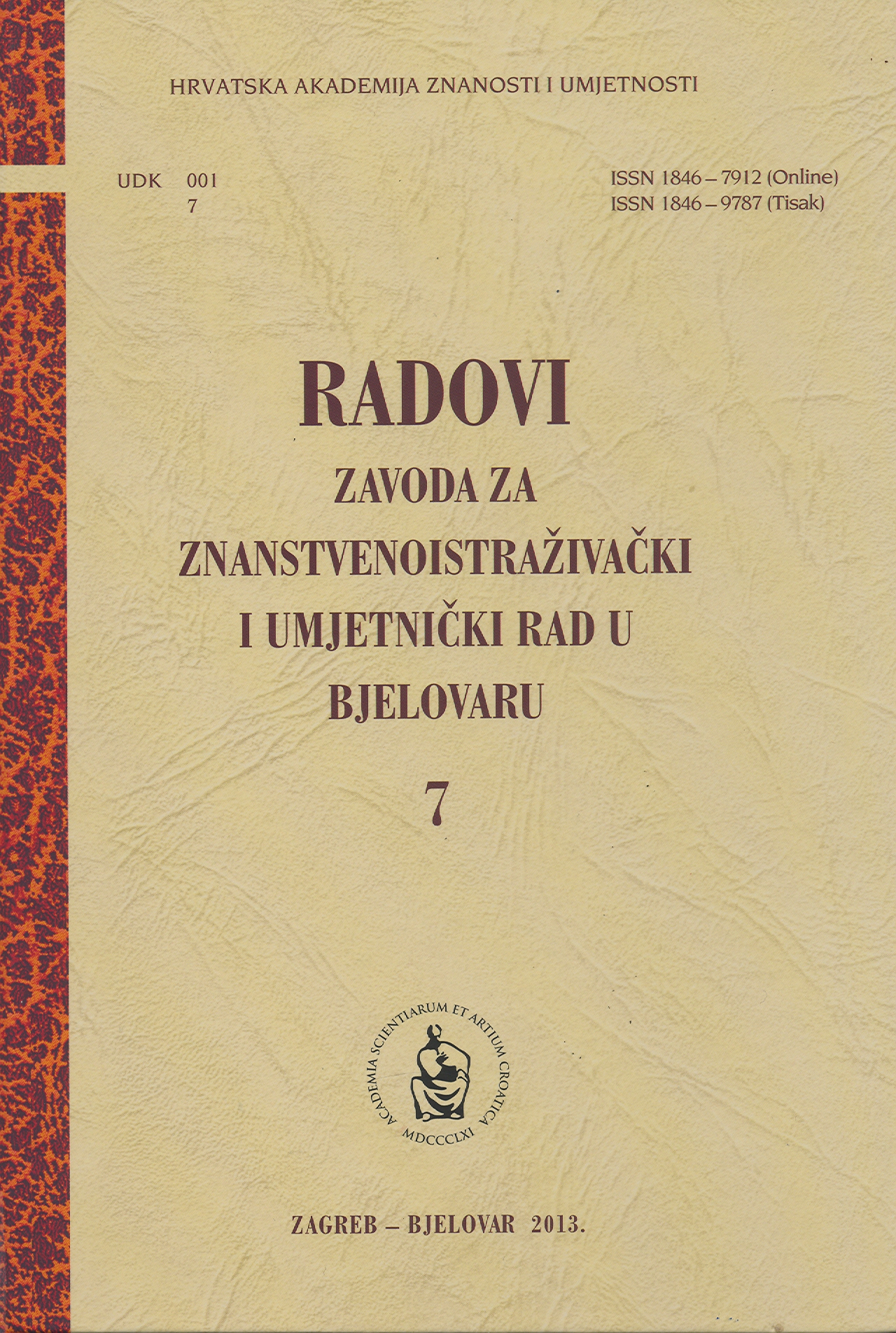Povezanost nutritivnog statusa trudnica s perinatalnim ishodom
The Relationship of the Nutritional Status of Pregnant Women with the Perinatal Outcome
Author(s): Alen ŠelovićSubject(s): Sociology, Health and medicine and law
Published by: Hrvatska akademija znanosti i umjetnosti - Zavod za znanstvenoistraživački i umjetnički rad u Bjelovaru
Keywords: nutritional status during pregnancy; peri-natal outcome
Summary/Abstract: Objective: To evaluate the dynamics of the changes of the anthropometrical indicators of the nutritional status of pregnant women, and to evaluate their association with the birth length and weight of newborns. Subjects and methods: The study included 150 pregnant women with no concomitant pathology. The study was a prospective, statistically designed controlled observation conducted on three interdependent samples. For every pregnant woman, the following values were measured: height and weight; weight gain; indirectly calculated body mass index; BMI; and body fat percentage according to the following formula: % body fat = (1.20 x BMI) + (0.23 x age) – (10.8 x gender) – 5.4, female = 0. All measurements were repeated in 12, 16, 20, 24, 28, 32 and 37 weeks of gestation. The length and weight of newborns were determined at birth. Results: The weight gain showed the most significant association with birth weight in the group of pregnant women of regular body weight in 24th week (r = 0.714); and in the group of pregnant women of excessive body weight in the 20th week (r = 0.705). In the group of obese future mothers, the weight gain showed the most significant association with the pre-pregnancy value of BMI (r = 0.665). The birth length was most strongly linked to the values of body weight of pregnant women in all study groups, primarily in the group of pregnant women of regular weight (r = 0.732). Conclusion: The pre-pregnancy values of body weight and BMI, weight gain, the value of BMI and body fat percentage during pregnancy highly correlated with the birth weight of infants, whereby the strongest bond was registered with the values of weight gain and pre-pregnancy BMI. The birth length was most strongly linked to the values of body height.
Journal: Radovi Zavoda za znanstvenoistraživački i umjetnički rad u Bjelovaru
- Issue Year: 2013
- Issue No: 7
- Page Range: 19-32
- Page Count: 14
- Language: Croatian

